Half an artistic step connects people miles apart
The “Hong Kong House at Echigo-Tsumari Art Triennale 2021” is an exemplary collaborative art project that has successfully harnessed the participation in both Hong Kong and Japan, and transformed multimedia artworks into a feast for the senses that connects and resonates with the people in both places.
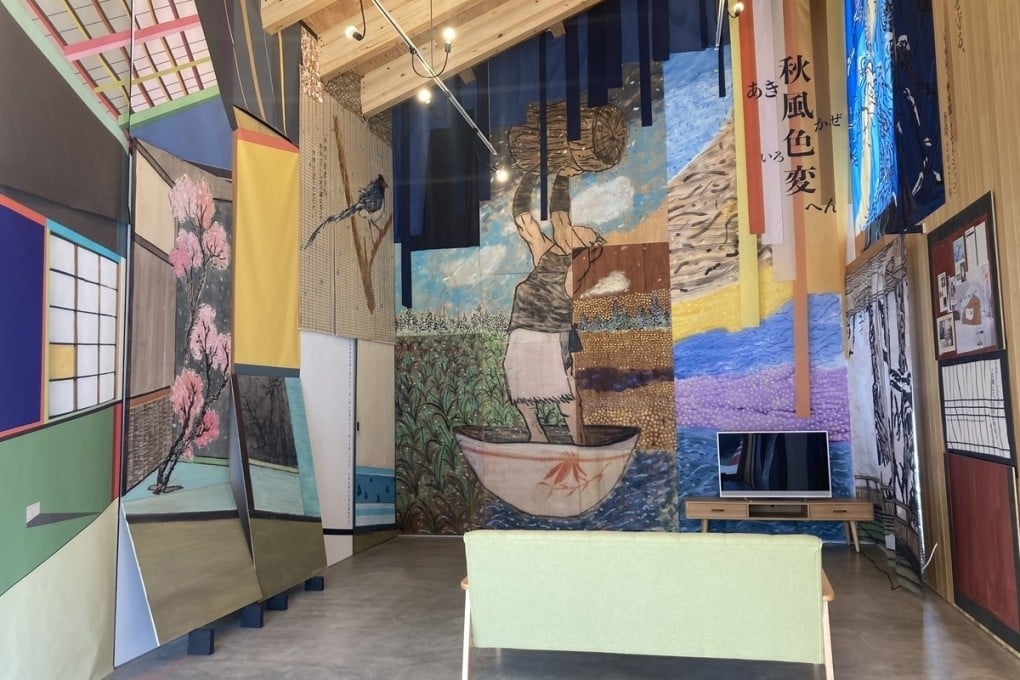
[Sponsored Article]
The Echigo-Tsumari Art Triennale is one of the world’s largest outdoor art festivals. In 2018, the Art Promotion Office (APO) launched a three-year project “Hong Kong House at Echigo-Tsumari Art Triennale'' in Sakasamaki, Kamigo, with support from the Tsunan Town government, and in collaboration with the Executive Committee of Echigo-Tsumari Art Triennale and the NPO Echigo-Tsumari Satoyama Collaborative Organization.
For the exhibitions in 2021-23, APO held an open call for artwork proposals, which should reflect Echigo-Tsumari’s unique culture and natural resources, to be showcased at the Hong Kong House, located in Tsunan in Niigata Prefecture. The joint Hong Kong-Japan adjudication panel assessed over 90 proposals and selected the one by artist Lam Tung-pang for the 2021 exhibition.
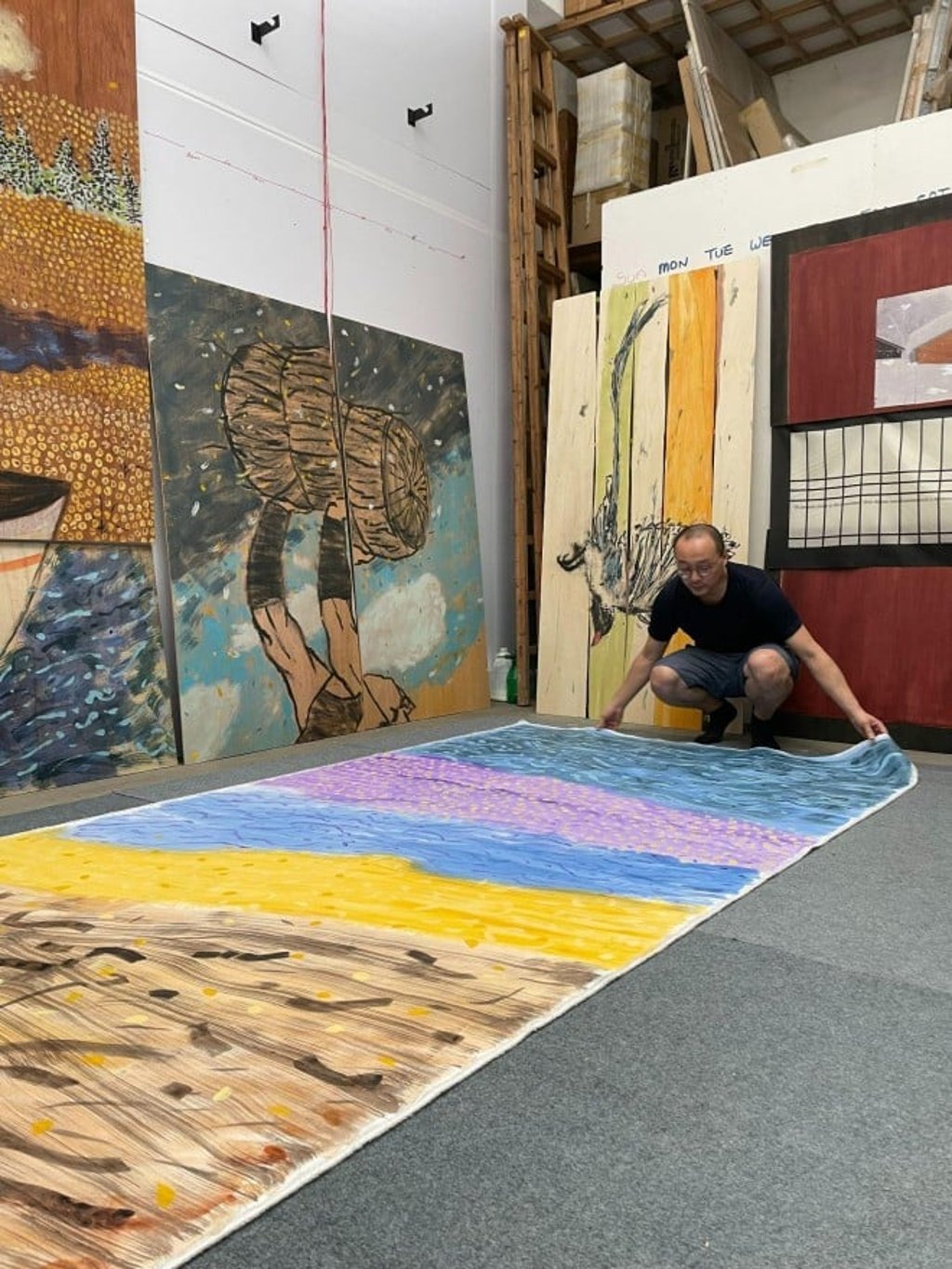
Presented by the Leisure and Cultural Services Department, the Hong Kong House is a project in collaboration between APO and the Echigo-Tsumari Art Triennale Executive Committee. “Both organisations embrace community art. The project’s essence is about connecting humans and nature through art and facilitating cultural exchanges between Hong Kong and Japan,” says Jessie So of APO, who curates the Hong Kong House project.
Likening Hong Kong and Echigo-Tsumari to new friends trying to break the ice since 2018, So says that the two places express their mutual care to each other for the upcoming exhibitions. “Hong Kong House is our gift to Japan,” she adds.
Owing to the travel restrictions under the pandemic, the planning and preparation for Hong Kong House got off to a rough start as Lam struggled over whether he and his team would be able to conduct research and create artworks on-site in Tsunan. Unexpectedly, the uncertainty became a source of inspiration for Lam, who eventually decided that the entire process would be accomplished long-distance in Hong Kong. As opposed to a ‘full stride’, Lam took ‘half a step’. Hence, he titled the artwork “Half-step House.”
Collaborative creative process
The planning and preparation started with a list of questions about Tsunan and its surrounding areas, covering such aspects as landscape, images, points of view, literature and daily life. In Hong Kong, Lam and his team embarked on research, including online resources, books, and videoed interviews with local residents in Tsunan. Meanwhile, the on-site team in Japan, including a collaborative team in Tsunan, took pictures of locations signifying their collective memory based on Lam’s questions. “Locals in Tsunan, including the elders of the community centre, were always ready to help and share their domestic items as inspirations,” So notes.
“We let the environment drive our creation,” Lam says. “The collections of bits and pieces were distilled into five themes and transformed into the ‘sceneries’ inside the house.”
Guided by imagination, he kicked off the creative process of rearranging the inspirations, producing artworks and presenting them as his artistic vision of the landscape filling half of the Hong Kong House. All the elements, including paintings, text, music, graphics and moving images, are inspired by the surroundings and locals’ ways of life.
As part of the cultural exchange, the house also features distinctive Hong Kong flavours. “I want the visitors to experience the transience of Hong Kong,” Lam says. “They have the freedom to interpret this patchwork of items floating in this cramped space. Having grown up in Hong Kong, I have experienced the city’s open-mindedness to mix and match things. It’s an aesthetic approach to communicating with different cultures. This is Hong Kong’s unique character.”
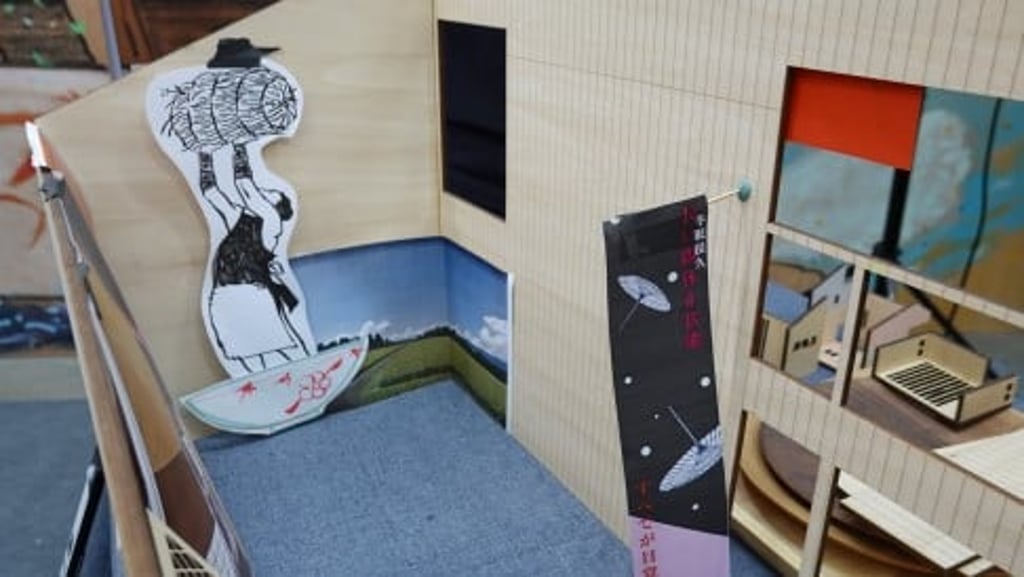
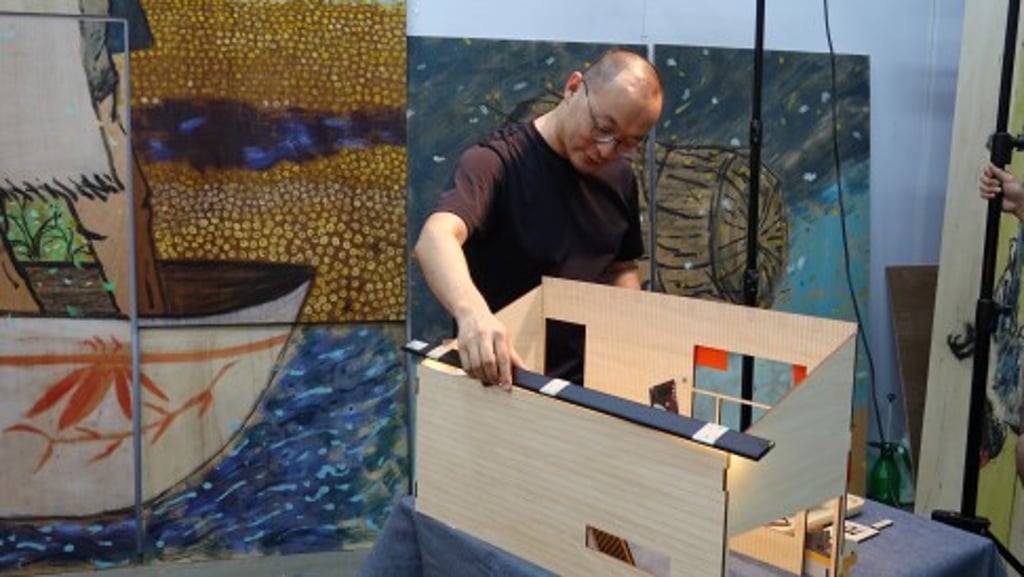
One half of the “Half-step House” encompasses diverse elements that create harmony and contrasts, Lam says. “I want the visitors to adopt an open mind when exploring the exhibits and put into context the environment, the sceneries and the indoor elements.”
Echoing the theme, the other half of the Hong Kong House is left empty completely because Lam intends to motivate visitors to use their imagination to fill the void.
Internship
A new internship initiative was launched jointly by APO and the Department of Art History, The University of Hong Kong, for selected students to participate in the Hong Kong House project. Describing himself as the ‘facilitator’, Lam immersed the interns into the creative process with open access to his studio. “I invited them over and presented the themes. I wanted them to experience how to turn research ideas into artworks.”
Taking the themes as broad directions, the interns let their imagination flourish. For instance, one of the themes is rice, which connects Shatin, where Lam grew up and lives now, and Echigo. The students seized on the contrast that Shatin’s rice fields have disappeared while Echigo continues to thrive as a rice-production hub. They created culinary shows featuring rice to encourage visitors to contemplate the changes, Lam says, adding that the students also created a series of ‘fake TV Shows’ featuring Hong Kong’s cantopop songs adapted from Japanese music to highlight ‘cultural handover.’
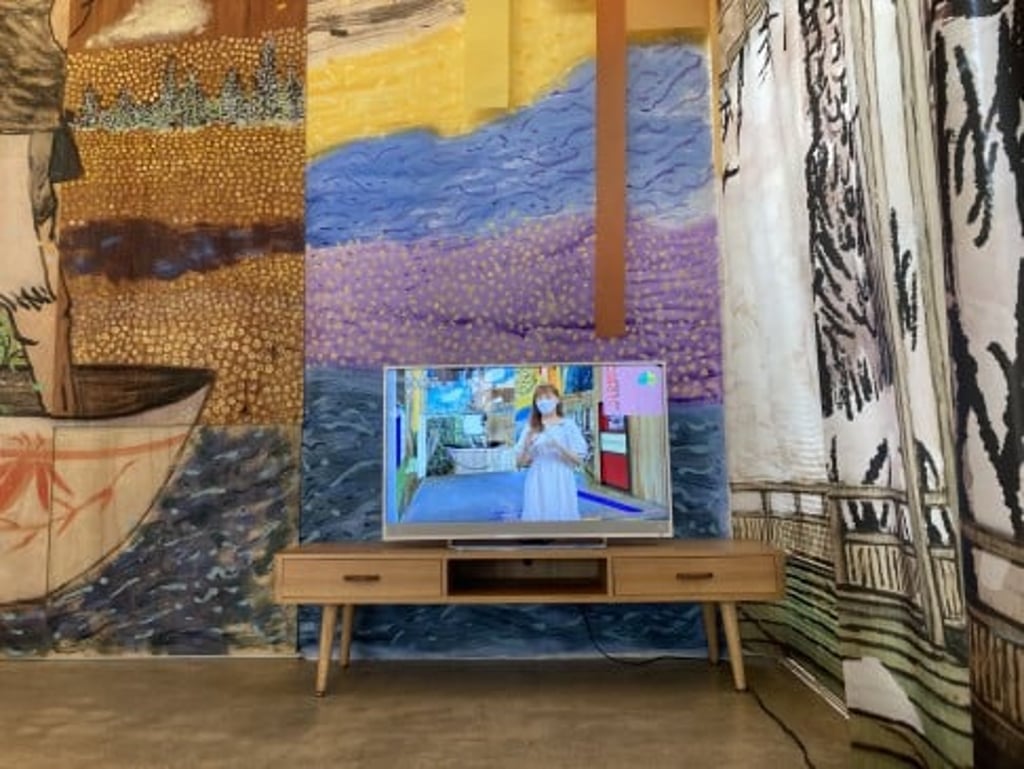
Multifaceted artistic experience
Diversity is part and parcel of the Hong Kong House’s multifaceted experience. Acclaimed composer Joyce Tang of Haw Par Music was commissioned to write a musical score titled “In-between”, echoing the ‘half-step’ theme. “Tang uses her music to explore the connection between humans and nature. Her music features a fusion of traditional Chinese and Western instruments and incorporates the sounds of nature,” So says.
The Hong Kong Federation of Youth Groups Jockey Club Media 21 produced a video “A Land and its People”. Meanwhile, Chef Will Leung is featured in a series of online cooking shows “The Tastes of Land and Water” on fusion dishes inspired by the culinary traditions of Hong Kong and Japan. These three online programmes, to be premiered on August 29 via Zoom, show that this project is more than just an exhibition in Japan.
The Hong Kong House is a celebration of the cultural collaboration between Hong Kong and Japan. Aptly summing up the spirit of this unique art exhibition is a motto on Lam’s desk, which says “Travel is limited but imagination isn't.”
Half-step House by Lam Tung-pang
Date: From now until October 31, 2021 (Open on weekends and public holidays)
Venue: Hong Kong House
Address: 29 – 4 Miyanohara, Kamigo, Tsunan-machi, Nakauonuma-gun, Niigata Prefecture, Japan
Opening Hours: 10am-5pm
Website: https://www.lcsd.gov.hk/CE/Museum/APO/en_US/web/apo/hong_kong_house_echigo_tsumari_art_triennale_2021.html
Facebook page: https://www.facebook.com/apo.hkhouse